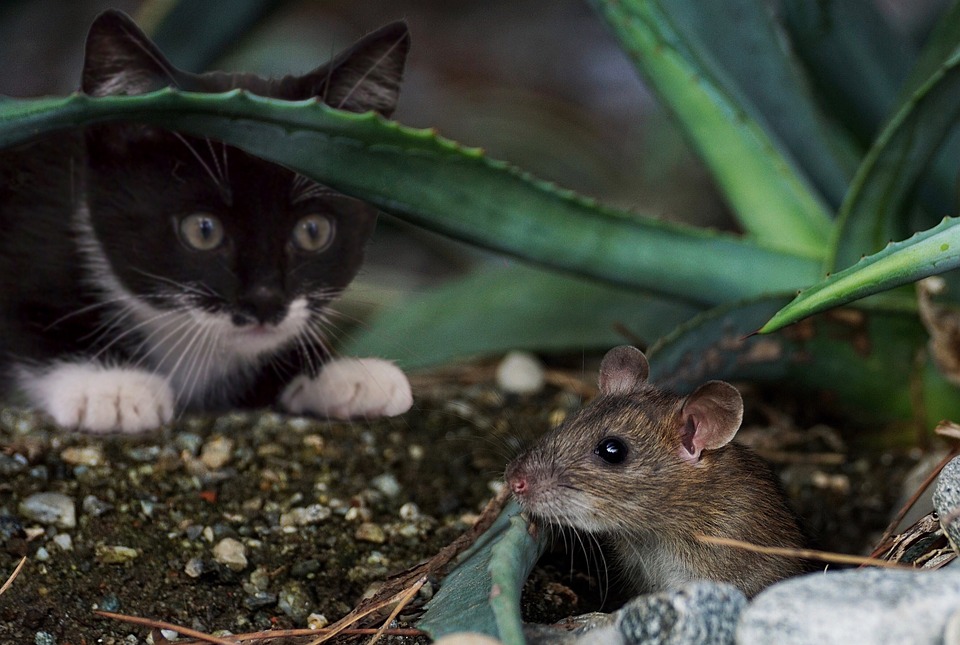Cats are known for their unique behaviors, and one of the most fascinating is their ability to purr. Purring is a vocalization that cats produce during various situations, including relaxation. While it may seem like a simple and soothing noise, understanding why cats purr during relaxation is essential for cat owners to ensure their feline companions are happy and healthy.
Purring during relaxation serves multiple purposes for cats. It is a means of self-soothing, expressing contentment, and communicating their emotional state to those around them. Each cat may have individual preferences and motivations when it comes to purring during relaxation. Some common reasons why cats purr during relaxation include contentment and happiness, bonding and social interaction, self-soothing and stress relief, and healing and self-healing.
Cats purr to demonstrate their satisfaction and enjoyment of a particular situation or environment. It is their way of expressing contentment, relaxation, and overall happiness. Purring during relaxation can also be a form of bonding with their human companions or other cats. Cats often purr to elicit attention or to engage in social interactions, conveying their desire for companionship. Additionally, cats may purr during relaxation to self-soothe and alleviate stress or anxiety. Purring has been found to release endorphins, which can help cats feel more calm and secure. Moreover, purring is believed to have healing properties. Some studies suggest that the low-frequency vibrations produced during purring can assist in the healing of bones, tendons, and muscles, promoting faster recovery from injuries.
While purring during relaxation is generally a positive sign, there may be instances where managing this behavior becomes necessary. To address excessive or unwanted purring during relaxation, cat owners can take several steps. First, it is important to understand the context and body language of the cat. If the cat appears overly tense, agitated, or exhibits signs of distress while purring, it may indicate an underlying issue that requires attention. Consulting with a veterinarian can help rule out any potential medical concerns.
Creating a calming environment is another way to manage purring during relaxation. Providing cats with a calm and stress-free space where they can relax is crucial. This includes ensuring they have access to comfortable resting areas, interactive toys, and scratching posts. Additionally, using Feliway diffusers, which release calming pheromones, can help reduce anxiety in cats.
Establishing a routine is also beneficial for managing purring during relaxation. Cats thrive on routine and predictability, so establishing a consistent daily schedule for feeding, playtime, and relaxation can help reduce anxiety and provide a sense of security, leading to less excessive purring during relaxation.
Engaging in enrichment activities is another effective strategy. Keeping cats mentally and physically stimulated by providing interactive toys, puzzles, and regular play sessions can help satisfy their natural instincts. These activities mimic hunting and exploring, reducing restlessness and excessive purring.
If the excessive purring during relaxation persists or becomes problematic, it may be necessary to seek professional help from an animal behaviorist. They can provide tailored advice and guidance to address any underlying behavioral issues.
To address common concerns about purring in cats, it is important to note that purring is not always a sign of happiness. Cats may also purr when they are stressed, fearful, or in pain. It is crucial to consider the context and accompanying body language to accurately interpret a cat’s emotional state. Excessive purring during relaxation can sometimes indicate an underlying health problem. If there are sudden changes in a cat’s purring behavior, such as increased intensity or frequency, it is advisable to consult with a veterinarian to rule out any medical concerns. While it is not possible to train a cat to stop purring entirely, environmental adjustments and behavioral enrichment techniques can help manage excessive or unwanted purring. It is crucial to consider a cat’s overall well-being and emotional needs when addressing purring behaviors.
Understanding and addressing purring during relaxation in cats is crucial for maintaining a harmonious and happy feline-human relationship. By recognizing the different motivations behind purring and implementing appropriate management strategies, cat owners can ensure their cat’s overall well-being and create a calming environment that promotes relaxation and contentment.








